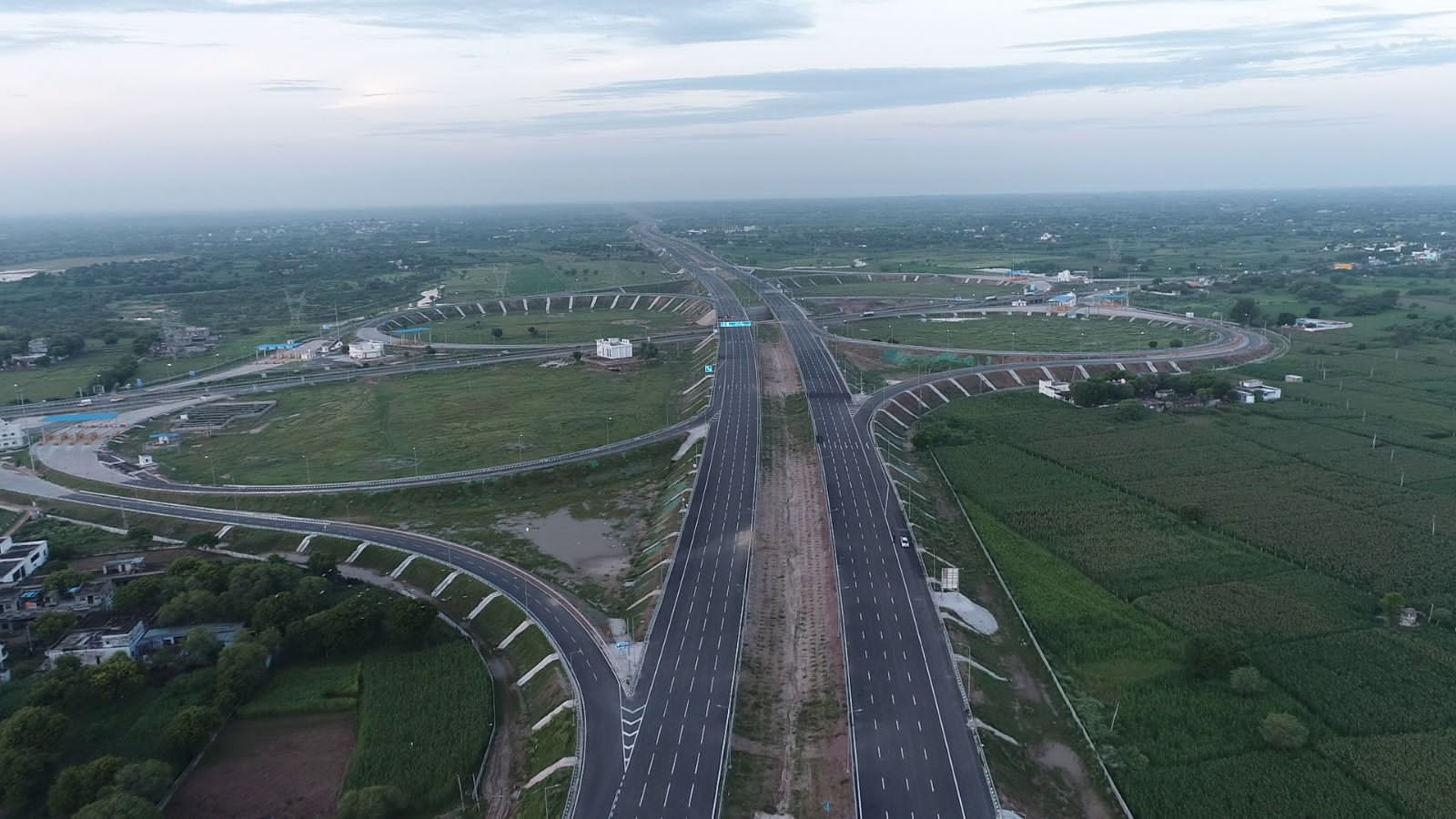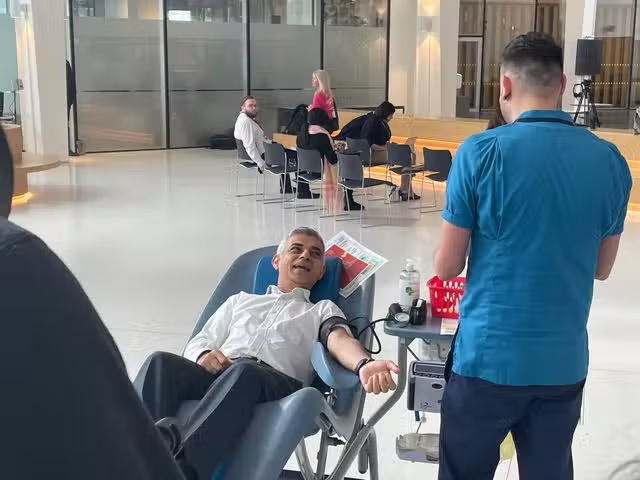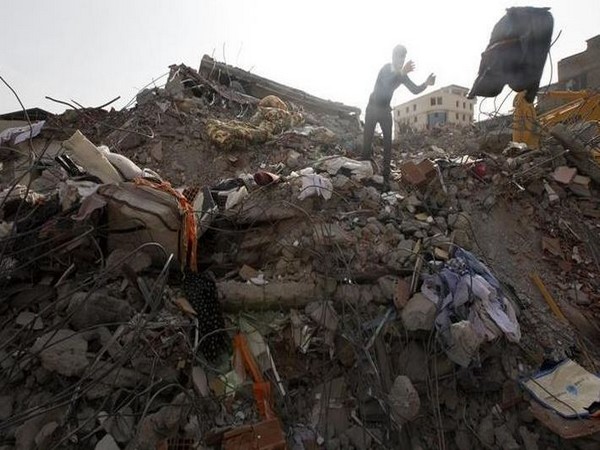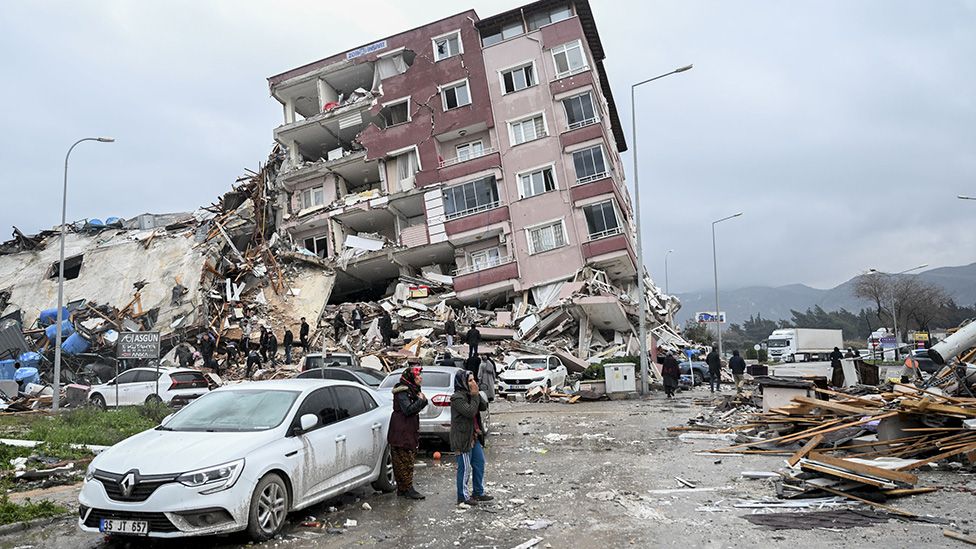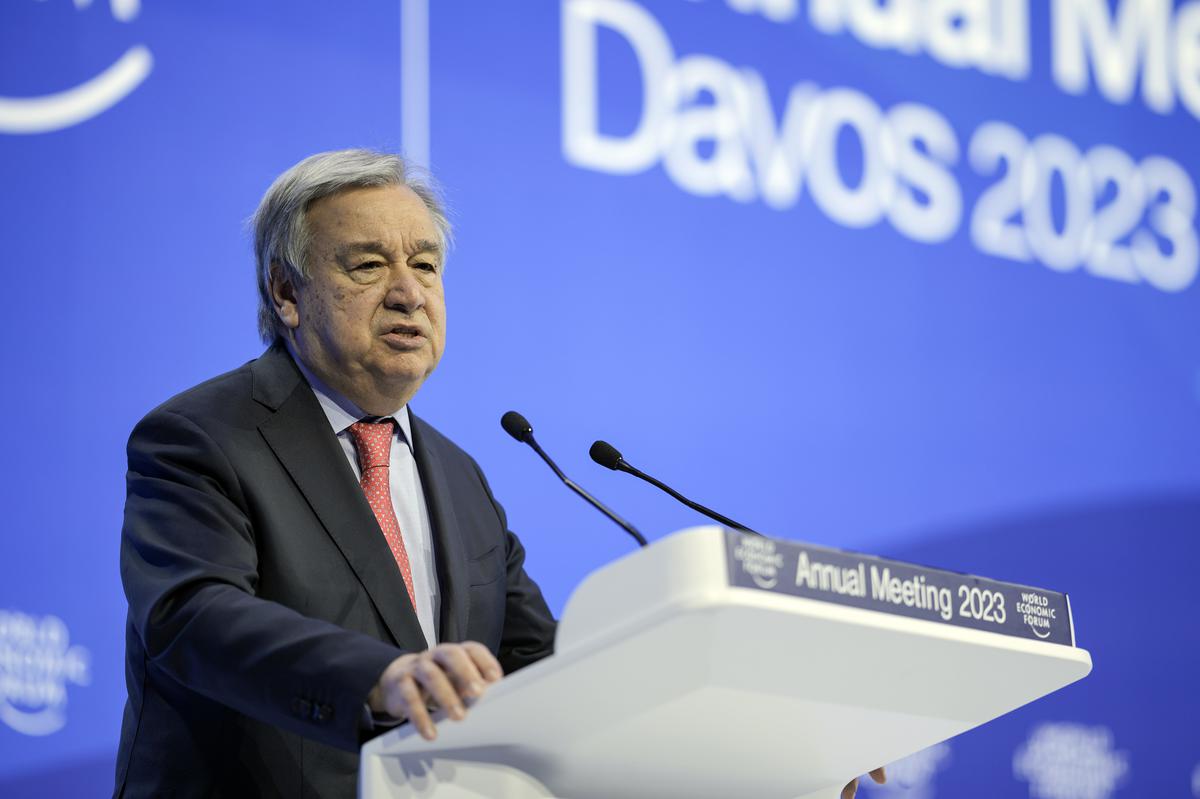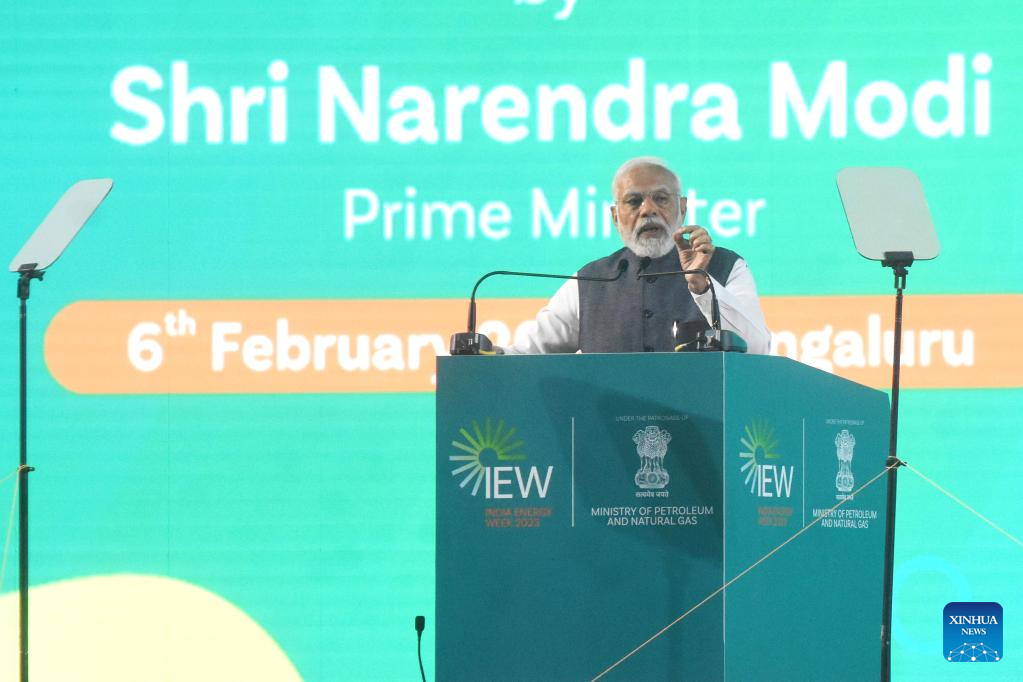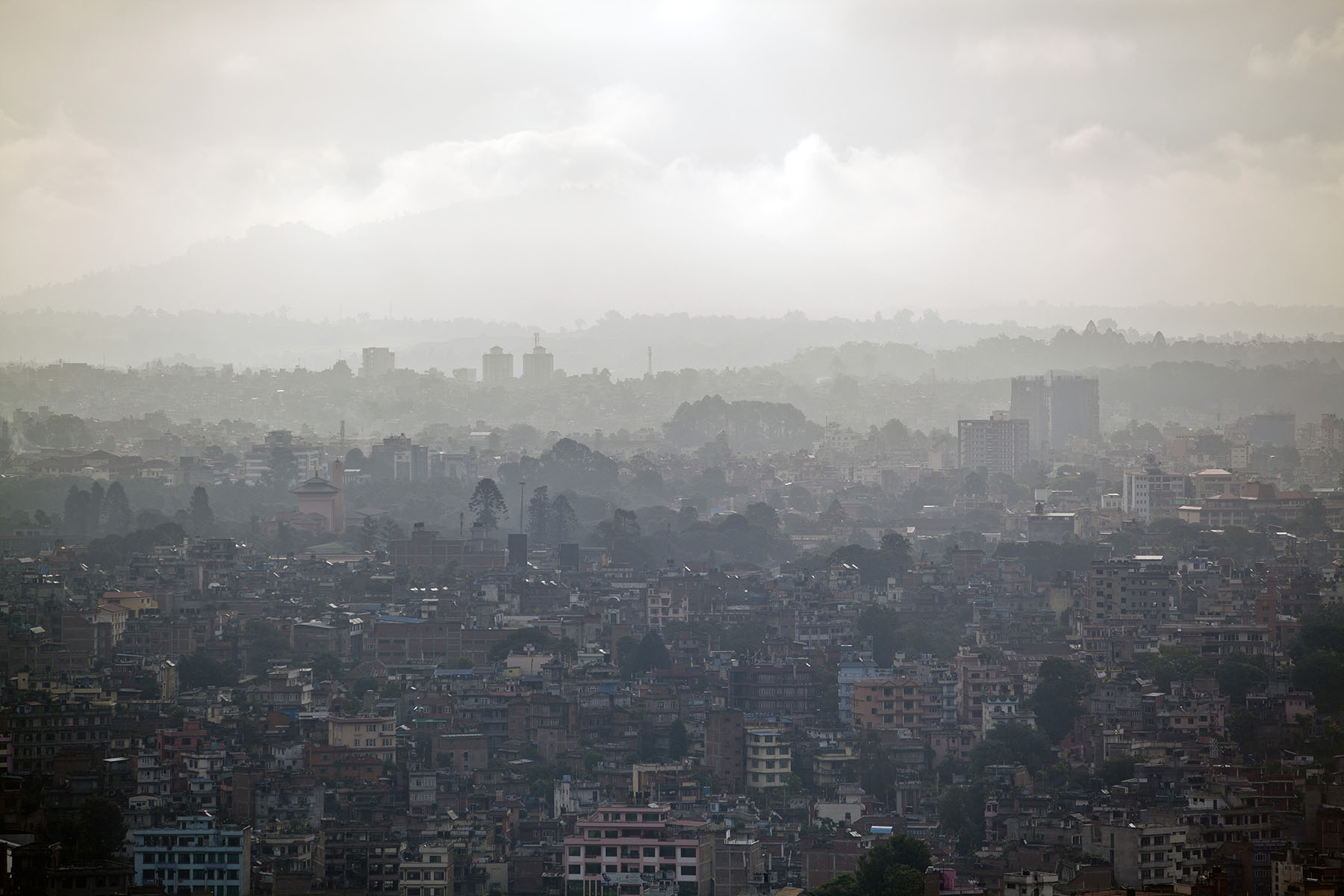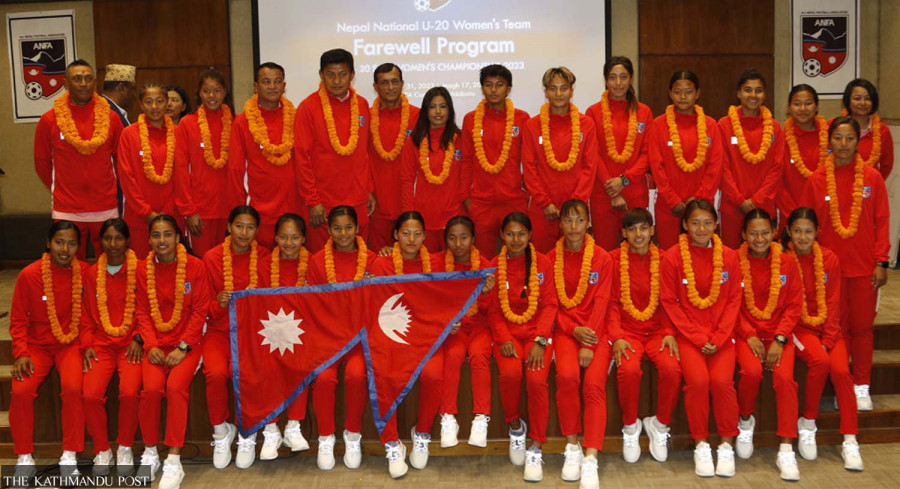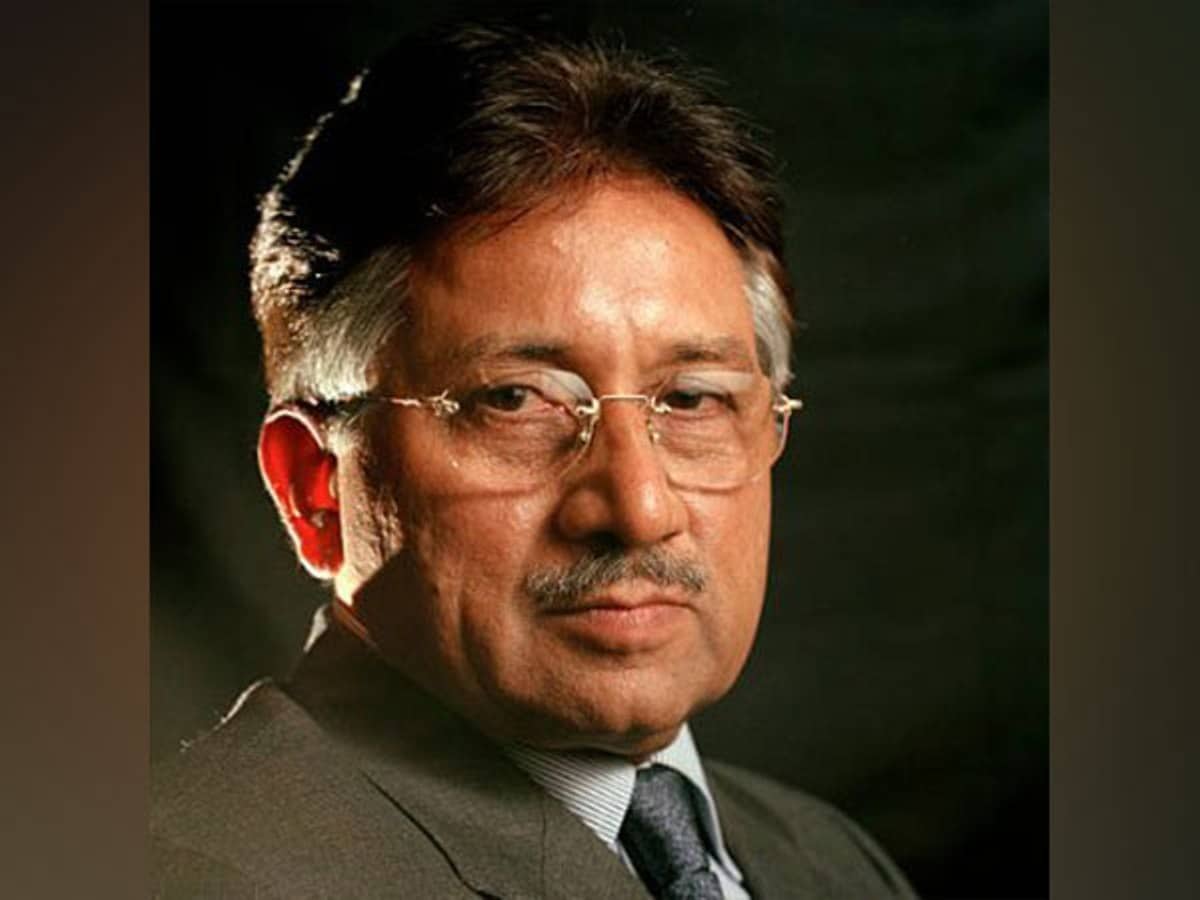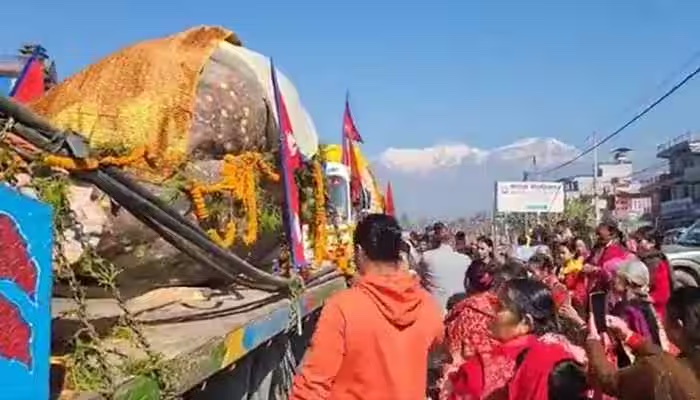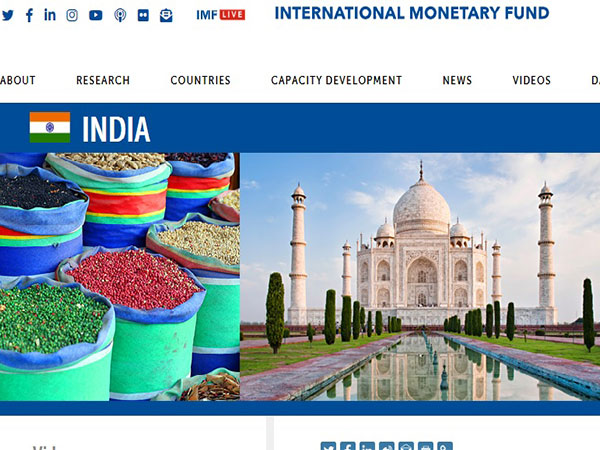By : Martin Raiser
At a recent meeting for the launch of a new World Bank report on air pollution, held in Kathmandu, Pema Gyamtsho, director general of ICIMOD, asked by a show of hands how many people in the room actually saw the peak of Mount Everest on their way to Nepal’s capital. Sadly, and predictably, there were no hands raised. Gyamtsho was of course alluding to Nepal’s air pollution – among the worst in the world – that often keeps the world’s tallest mountain peak hidden from view.
South Asia is a global hotspot of air pollution, home to 37 of the 40 most polluted cities in the world. 60% of its population lives in heavily polluted areas where levels of deadly dust particles called PM2.5 – responsible for chronic respiratory disease and more than two million premature deaths a year in the region – exceed the least stringent WHO air quality standard.
These particles can travel hundreds of kilometres, crossing municipal, state, and even national boundaries. For example, about 30% of air pollution in the Indian state of Punjab comes from neighbouring Pakistan. Further east, an estimated 30% of pollution in Bangladesh’s largest cities originates in India, given the predominant wind direction from the northwest to the southeast. This makes it hard to track the source of particulates and manage air quality using the city-by-city approach prevalent today across South Asia.
The World Bank’s new study, Striving for Clean Air: Air Pollution and Public Health in South Asia, attempts to clear the air on South Asia’s nemesis. The study finds that since air pollution travels long distances and gets trapped in large airsheds – a common geographic area where pollutants are confined, creating similar air quality for everyone – it is only through cooperation at the province, state, and regional levels that South Asia can hope to beat air pollution.
Regional cooperation on air pollution: what’s in it for South Asia?
The new World Bank study uses a regional atmospheric model to simulate the effectiveness of a wide range of technological solutions to reduce air pollution – and by incorporating inter-regional linkages, allows us to analyse the benefits of acting together. It’s important to understand that in recent years, governments across the region have adopted a range of policies to deal with the problem of air pollution. However, our analysis shows that these efforts fall well short of what’s needed. The full implementation of all current air quality policy measures across South Asia would only achieve a 4% decline in PM2.5 between 2018 and 2030. Large parts of the region would still suffer from toxic air quality and miss even the least-ambitious WHO Interim Target I of 35 micrograms per cubic metre (μg/m³) for PM2.5 .
Clearly, more action is needed to clean the air. But the trouble is, even if each city, region, or country were to increase their ambition, they cannot succeed in bringing pollution levels to within safe thresholds by acting alone. For example, if Delhi, the most polluted capital city in the world, were to fully implement all technically feasible air pollution control measures by 2030, the city would not meet the WHO Interim Target I if neighbouring states and countries continue to follow their current policies. This is because the inflow of pollution from these states and bordering countries accounts for more than 50% of air particulate matter in Delhi.
Why don’t India’s air pollution policies work?
Working together is thus imperative. It would also be much cheaper. If the jurisdictions of the entire South Asia region were to implement all technically feasible solutions to reduce air pollution separately, the average exposure would fall to 17 μg/m³ by 2030. But the cost would be enormous at USD 2.6 billion per μg/m³. However, if there were full coordination, and governments in pollution hotspots were to operate under a common pollution reduction strategy that leverages more cost-effective abatement measures upstream, the average exposure to PM2.5 in South Asia could be cut to 30 μg/m³ at a cost of just USD 278 million per μg/m³.
In a cost-effective pollution reduction scenario, policy would focus much more on low-cost measures outside city centres. For example, in parts of the Indo-Gangetic plain, 30% of air pollution comes from household biomass burning. Therefore, reducing sources of household air pollution through business models to promote clean cooking – as demonstrated in a successful pilot in Bihar – should be one of the highest priorities to improve ambient air quality. Other critical interventions include an increased focus on sources of secondary particulate matter, including agriculture and vehicle emissions.
While cooperative air pollution abatement will require some investment in both time and money, the economic benefits far outweigh the costs. In the full coordination scenario mentioned above, more than 750,000 lives would be saved annually, at a cost of just USD 7,600 per life saved. Other direct economic benefits from lower air pollution include reduced health expenditure and increased workplace productivity.
Helping South Asia breathe easier
The following measures could facilitate cooperation across local and national administrative boundaries:
Start with better data. South Asian countries could collaborate to install monitors at critical points throughout an airshed to generate credible scientific data, and work together to build the institutional capacity to analyse it. This has been done in other parts of the world, including ASEAN countries, Europe, China, and the United States.
Once the monitoring systems have been created, countries could establish joint airshed targets to track emissions within and across countries and encourage the adoption of cost-effective solutions. This could include sharing experiences in tackling key sources of air pollution in South Asia, including household burning of biomass fuel; brick kilns and ovens; burning of agricultural residue; and open burning of municipal waste, as well as sources of secondary particulate matter like fertiliser, vehicle emissions, and large industry stacks.
With good tracking mechanisms and joint targets in place, the region could begin to mainstream air quality in the economy by establishing emissions trading schemes so that cleaner and greener technologies become more competitive. The city of Surat in Gujarat, India, reduced particulate matter emissions by 24% through an innovative local emissions trading scheme. Much more would be possible if such schemes were extended across an airshed.
We take one breath every three seconds – around 38,000 breaths per day. Clean air is essential for our health, and tackling air pollution is imperative to passing on a better world for future generations. As people across South Asia demand cleaner air, their leaders will need to work together to deliver results.
This work was originally published on the third pole. The article is part of a collaborative editorial series between the World Bank, ICIMOD and The Third Pole that brings together climate experts and regional voices on “Regional Cooperation for Climate Resilience in South Asia”. The views and opinions expressed by the author are their own. The series has been funded by the United Kingdom’s Foreign, Commonwealth and Development Office through the Program for Asia Resilience to Climate Change – a trust fund administered by the World Bank.





